Spatial
Toulouse Ltd 8 Hobbiton™ The Movie Set
-
Pou Auaha / Creative Director
Marc Simpson
-
Ringatoi Matua / Design Directors
Marc Simpson, Adam Walker
-
Ngā Kaimahi / Team Members
Sam Lovell, Toulouse onsite lead, Elyse Phee, Toulouse onsite team, Hudson Connolly-Bright, Toulouse onsite team, Jeremy Collie-Holmes, Toulouse Operations Manager -
Kaitautoko / Contributors
Sir Peter Jackson, Concept Advisor, Russell Alexander, CEO, Hobbiton, Brian Massey, Creative Project Manager, Ra Vincent, Lead Designer, Kathryn Lim, Lead Set & Props, Gavin Urquhart, Architect, Shayne Forest, GM Tourism, Hobbito -
Client
Hobbiton™ The Movie Set
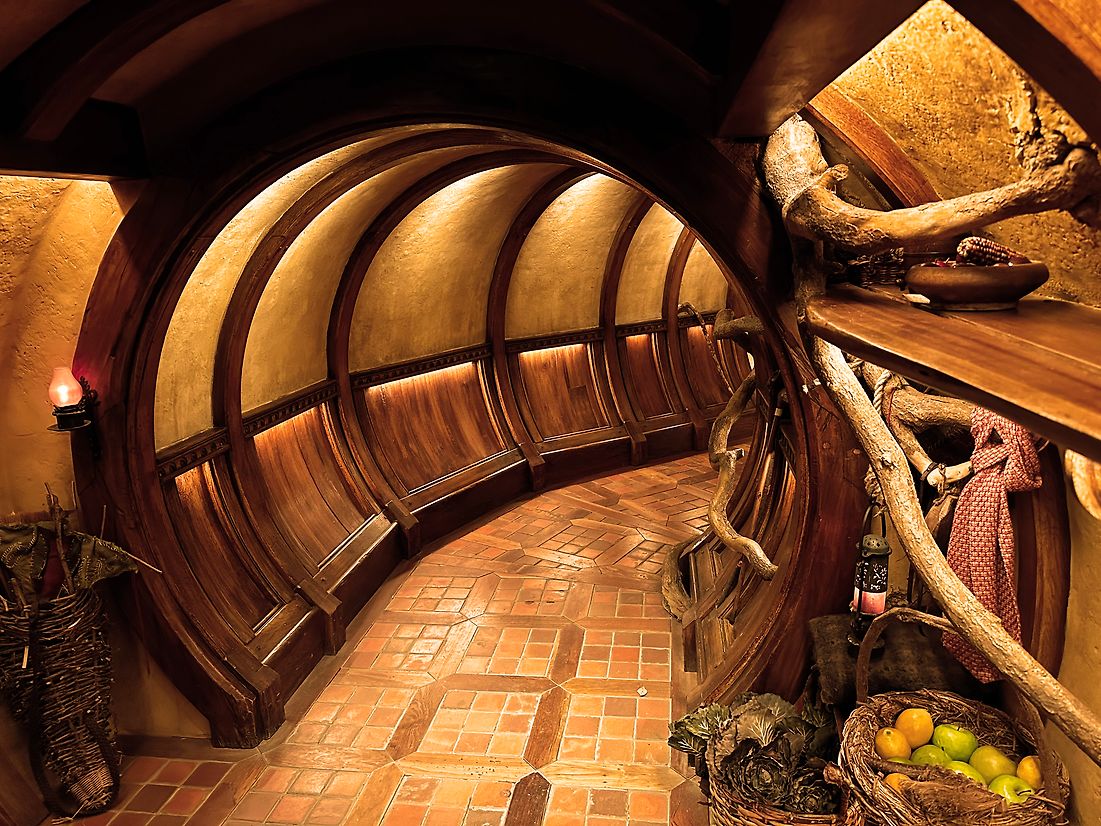
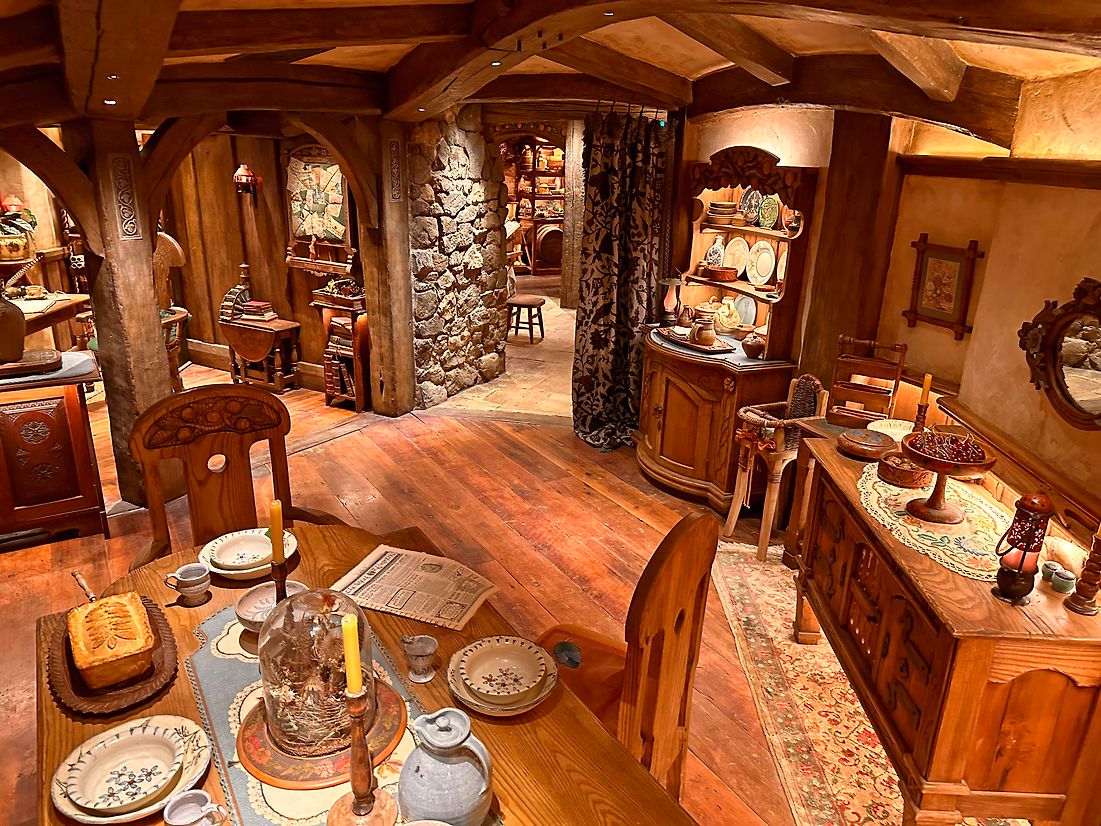
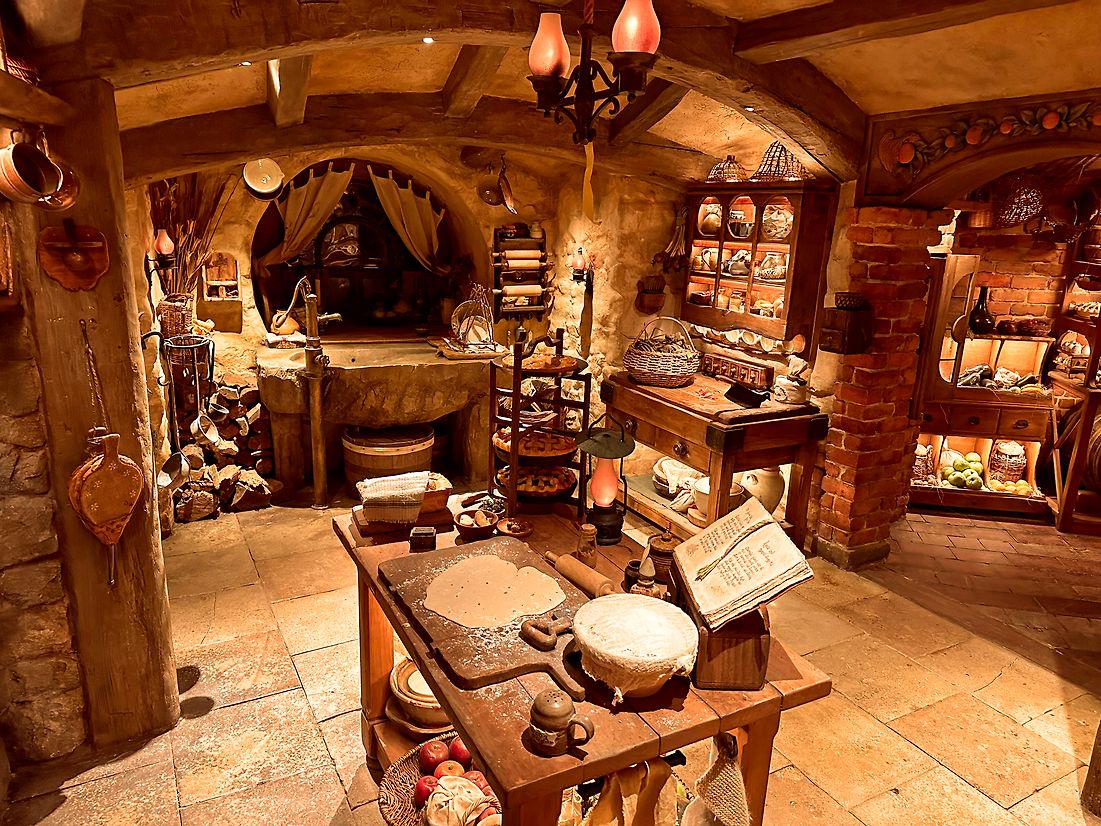
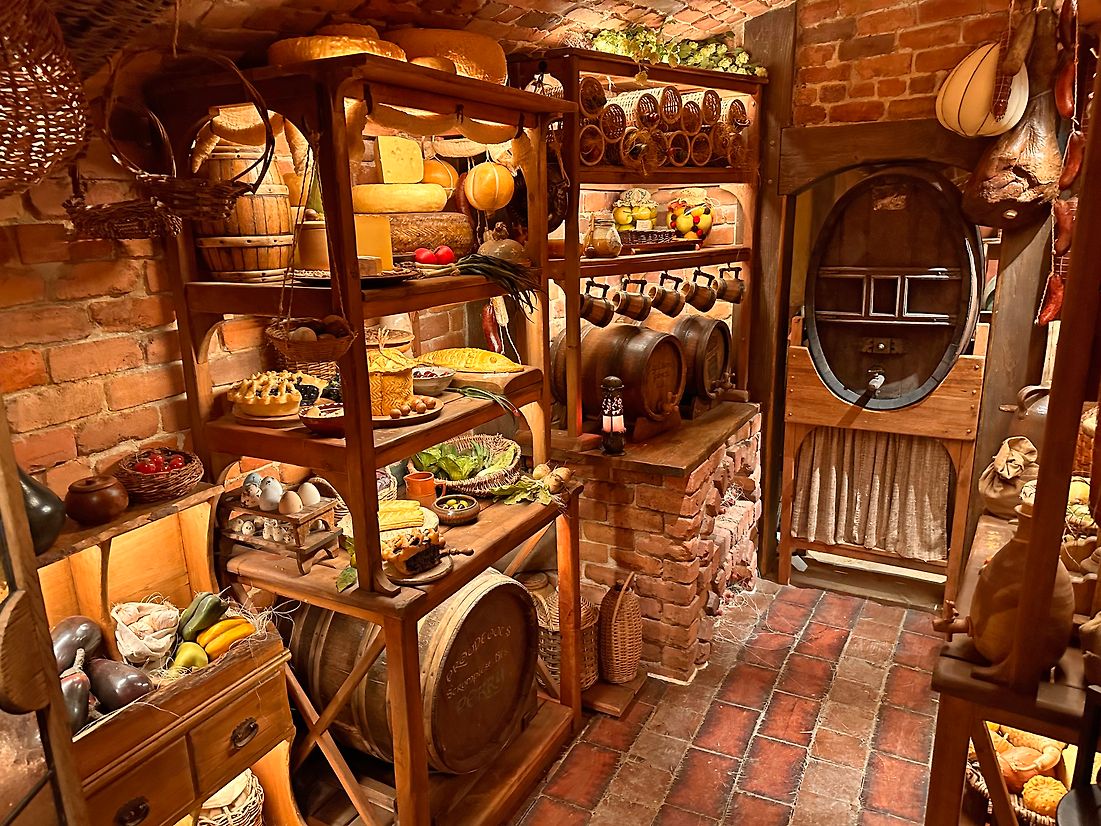
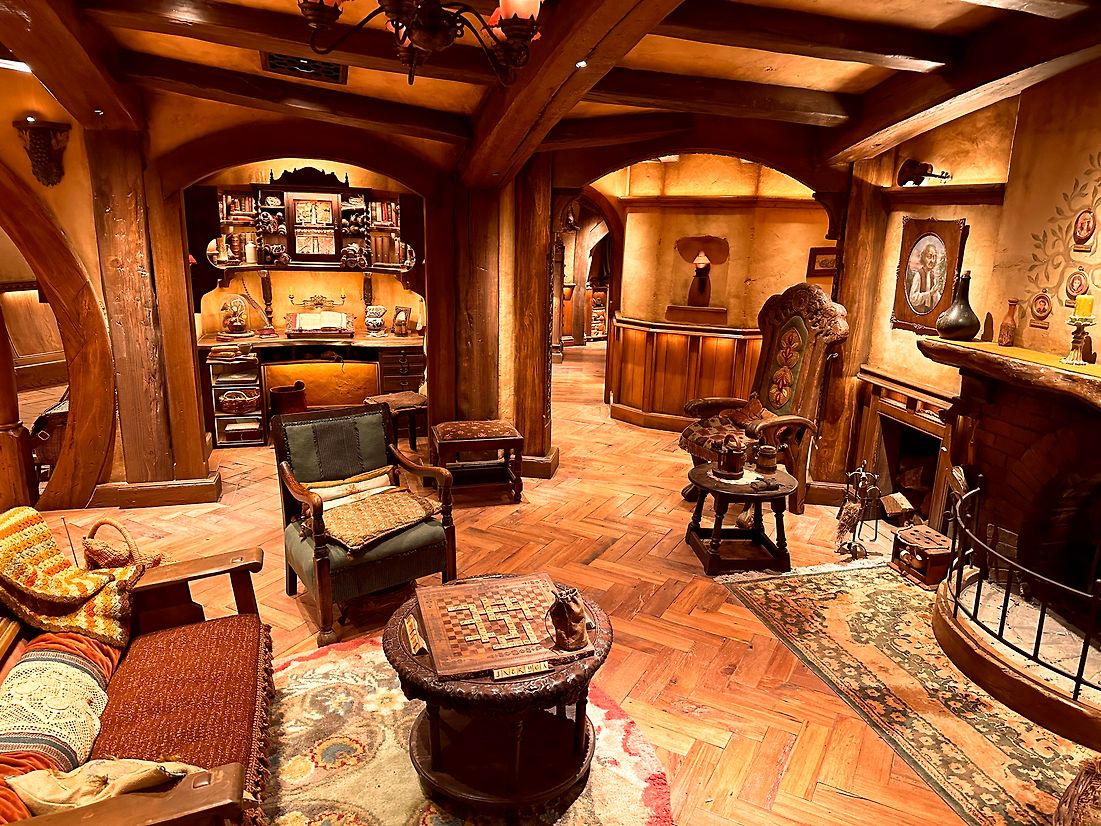
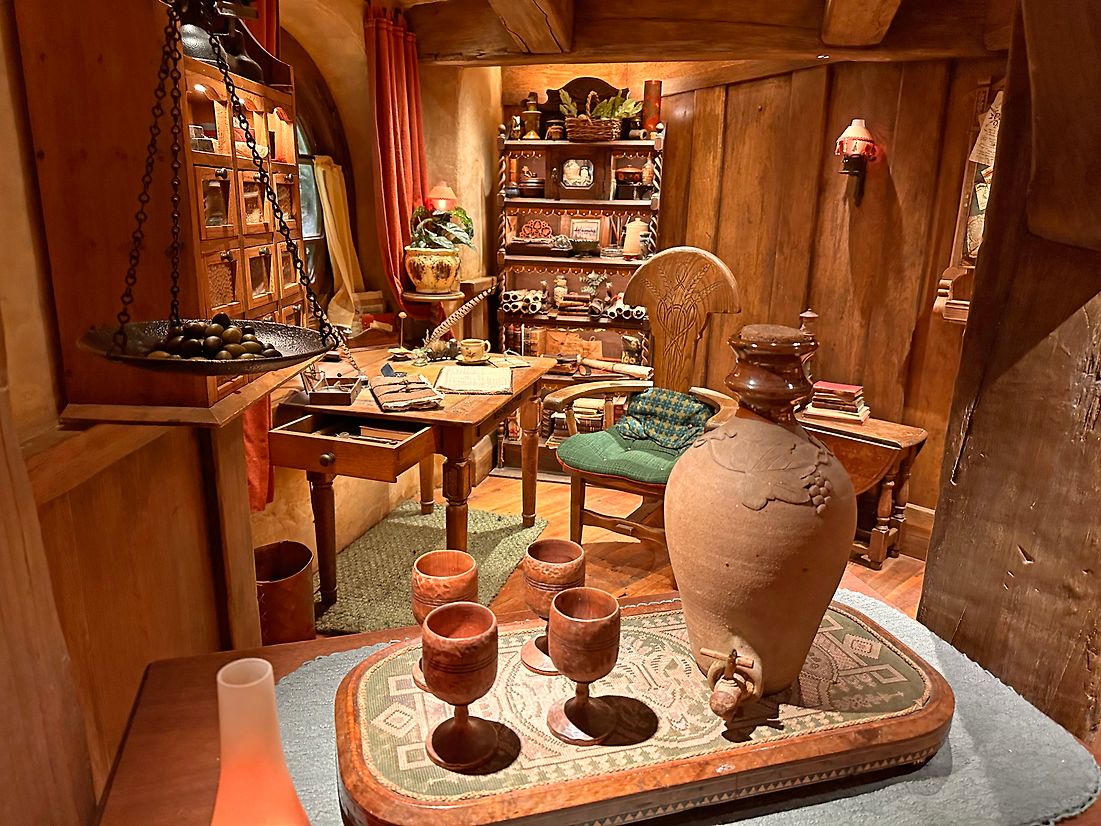
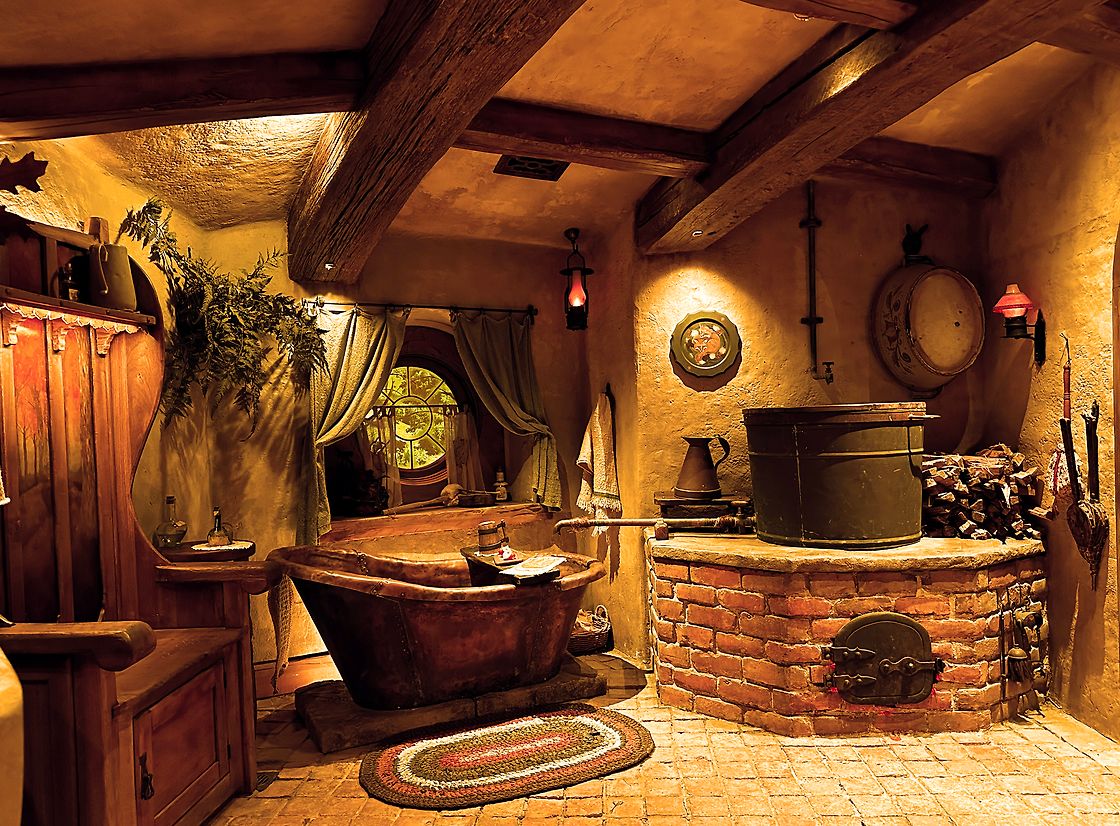
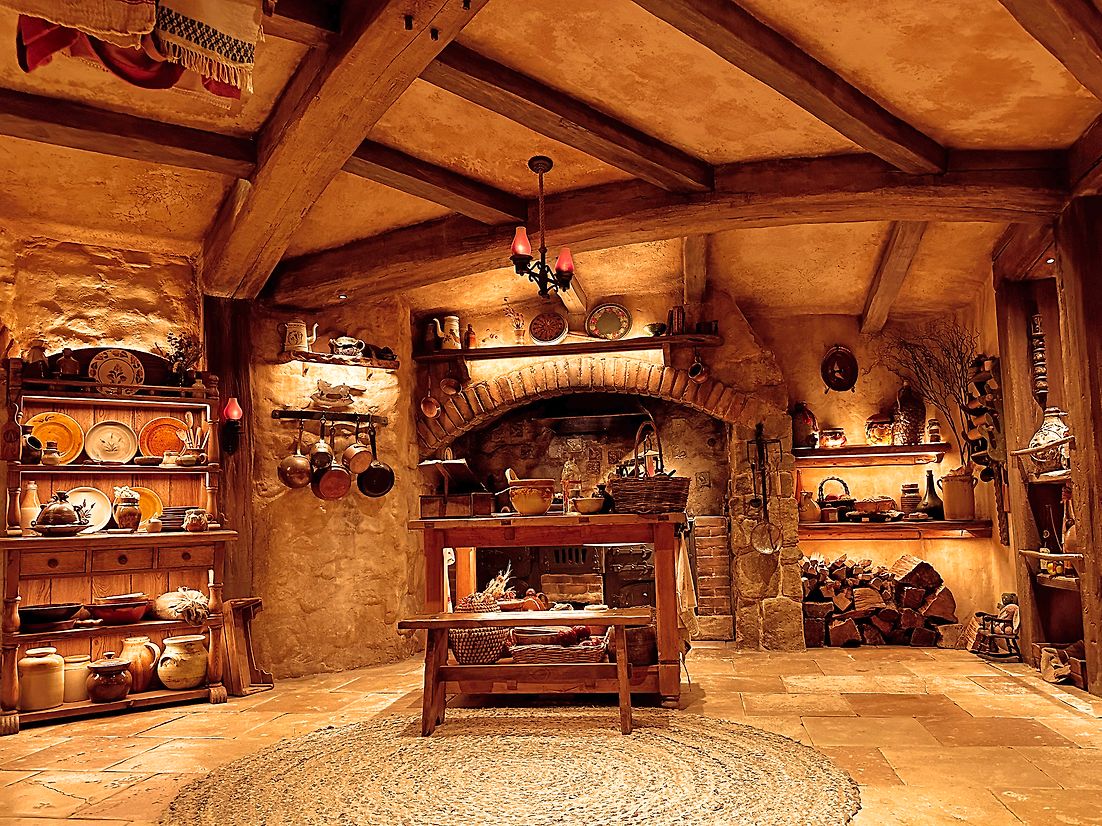
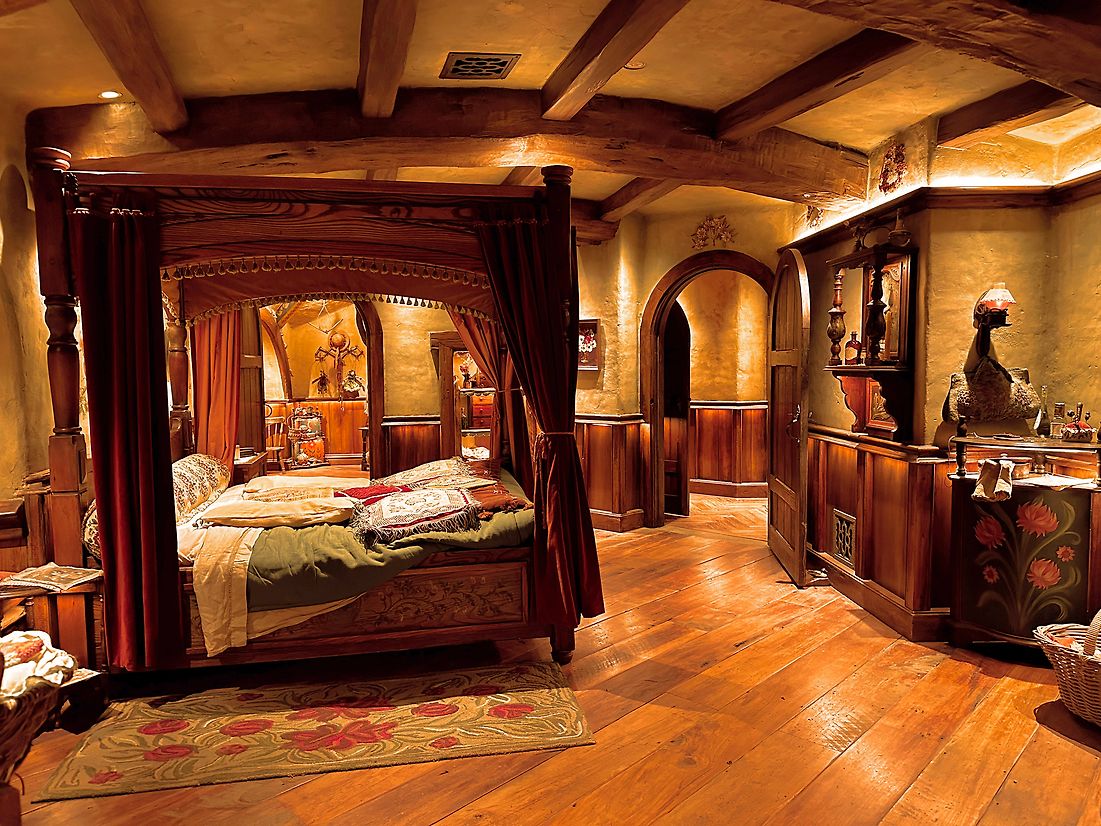
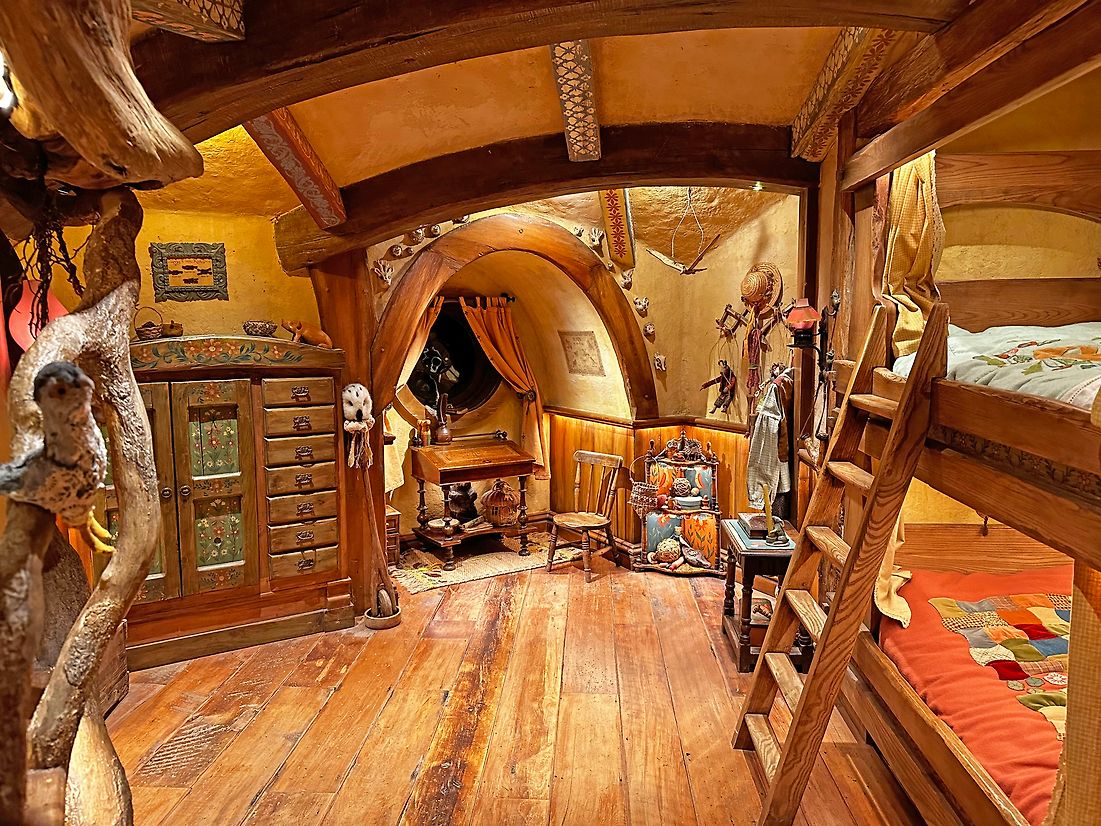
Description:
The expansion of Hobbiton™ The Movie Set to include Bagshot Row - two intricate interior Hobbit holes - was heavily linked to the aesthetic of The Hobbit and The Lord of the Rings film trilogies. The client required lighting solutions that responded to the materiality of the created spaces, providing ambience and depth to the space, highlighting the detail and craftmanship of every element within the Hobbit holes. Lighting had to provide robust wayfinding and be safe and navigable for large groups of tourists, and be robust and tamper-proof as everything in the homes was ‘in reach’ of the visitor. Lighting also had to be sufficient for ‘hero’ moments for social media snaps. It had to withstand the rigours of over 2300 visitors a day, require minimal maintenance, and be easy to use for the tour guides. Ultimately the lighting had to support the world and the storytelling inherent in each of the two homes. The response to the design brief was an exercise in managing and mitigating these multiple and – at times - competing needs.
The lighting design and execution had to be consistent with the aesthetic conceptualisation of The Shire - it was to look and feel like the film sets, but had to be durable and permanent. A vast array of controllable miniature light sources were central to illuminating the complexity and detail within the hobbit homes, and to boost the ambience and warmth of the 120 miniature pixel LED screen ‘oil lamps’ housed in chandeliers, wall sconces, hanging and handheld lanterns throughout the space. Significant testing determined how effective light sources would be in providing the required levels of illumination, as well as assessing the concealment factor and determining what else might be artistically required to ‘hide’ light sources. This design necessitated invisible solutions to uphold the illusion of a pre-technological world.
In the six short months since opening Bagshot Row, the experience has been visited by over 330,000 tourists from both the domestic and international markets. These numbers speak to the successful and deeply creative collaborative process underpinning this project.
Many visitor experiences require some level of discretion from the lighting. There is however usually some leeway - lighting track and fittings are visible above the exhibition ‘frame’. Bagshot Row required extensive lighting throughout, but also total discretion, and indiscernibility of all and any technology was essential. As much as was creatively and practically possible, all fittings were concealed, housed in cabinetry and joinery, beams, props, baskets, jugs, rails, and flowers - anywhere that would disguise the light but allow the lamp to illuminate its target. The lighting design harnessed extensive yet hidden technology to meet the creative vision and to tell the story of a cosy pastoral world. For us, this balance has been perhaps the greatest challenge, as well as the greatest success of this project. The seamless integration of a vast volume of technology into these homes has contributed to the faithful recreation of the snug cosy world of the Hobbits.
Judge's comments:
The seamless integration of lighting design transforms this experience creating drama and warmth. The genius of this project lies in the mastery of lighting design, which provides illumination, hero’s key features, aids wayfinding, tells a story, and ensures safety while remaining concealed and indiscernible to the visitor. It is well executed with a high level of technical skill, bringing the story of Hobbiton to life.